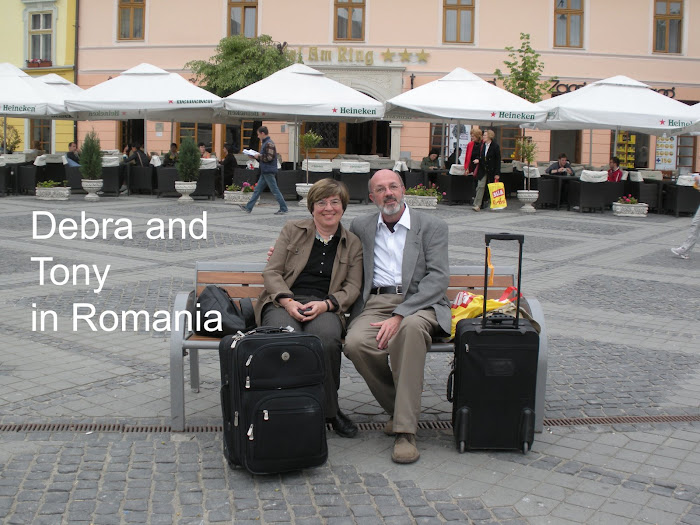
Okay, in the spirit of an intellectual quest, I have uncovered a bit more about Komor and Jakab.
This is an excerpt from Answers.com Art Encyclopedia at http://www.answers.com/topic/komor-jakab-1
Hungarian architectural partnership formed in 1897 by Marcell Komor (b Pest (now Budapest), 7 Nov 1868; d Sopronkeresztur (now Deutschkreutz, Austria), 29 Nov 1944) and Dezso Jakab (b Rév (now Vadul Crisului, Romania), 4 Nov 1864; d Budapest, 5 Aug 1932). Komor trained in the studio of Alajos Hauszmann, and Jakab studied at the Hungarian Palatine Joseph Technical University, Budapest, before both joined the office of Odon Lechner.
They can be seen principally as followers of Lechner's attempt to establish a uniquely Hungarian style of architecture. Their early synagogue (1902) at Szabadka (now Subotica, Serbia) is built on a Greek-cross plan and is crowned with a great iron-framed cupola, with decoration derived from Hungarian vernacular forms. The neo-Baroque town hall (1905) at Marosvásárhely (now Tirgu Mures, Romania), has a stressed central projection and a tower similar to that used by Lechner on his neo-Baroque town hall (1883) at Szeged. On the building's exterior the use of Zsolnay ceramics, vernacular motifs and pierced cornice friezes directly follows the practice of Lechner. These ideas were further developed in their designs for Szabadka Town Hall (1907-12), one of the greatest works of the Hungarian Secession. . . .
The decorative tendency of their work is best illustrated by the Palace of Culture (1910), Marosvásárhely. Here they achieved a merging of various Transylvanian vernacular arts in a true Gesamtkunstwerk, which contrasts effectively with their earlier, adjacent, town hall building. Komar & Jakab also showed considerable ingenuity in the practical and functional aspects of architecture. The 'Black Eagle' complex (1905-8) in Nagyvárad (now Oradea, Romania) required a hotel, concert hall and businesses to be separately housed in one building. Their solution was to arrange the various elements in a L-shaped block and to modify the facade so that it stressed the entrance to this block. The partnership broke up in 1918 but was temporarily re-established when they built a unique Secessionist skyscraper (1930) as an addition to their earlier National Health Service Headquarters (1912), Budapest. Komor also worked as a theorist and architectural critic.
Also discovered online: "Marcell Komor was an exceptionally knowledgable engineer. He is also known as the author of books on architecture. His pen-name was 'Ezrey'."
Now here's the question: WHY is this so fascinating to me? I wish I knew. All I can tell you is that my husband and I are getting up at 4:30 tomorrow morning to catch a train and ride 6 hours to Targu Mures in order to see the Palace of Culture and other buildings. A report on our architectural adventures to follow!

hey it was great all about marcell komor
ReplyDeletecan you please tell me what happend to him ?
thank you
lilach mor